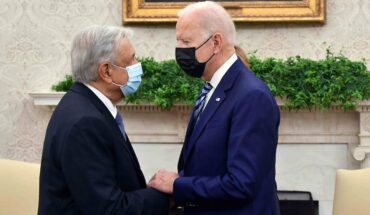the geologist of the University And RES Bello Maria Fernanda Lazcano was his memory of title on the State of the aquifer Los Perales of Tapihue in the basin of the Estero de Casablanca. The results of their work show with scientific thoroughness water overexploitation which has suffered from the Valley in recent years.
A basin water balance is the result of the difference between their charges and discharges. That is, the water which receives and which is used. No doubt that the best scenario is a positive or of surplus balance.
Studied by Lazcano basin there are no refills by surface runoff, therefore the only source in this case are the precipitation. 2017, during period studied, the rains reached 485 litres per second (l/s), which represents the amount of water received by the aquifer of Tapihue.
The problem is that the amount of water we use, i.e. downloads, are widely superior. These are divided into two. The first is natural character, through evapotranspiration, which corresponds to the water demand of the native vegetation. This also warns the importance of preserving native species and not to introduce exotic that require more water.
The calculated amount of downloads of this type came to 1,476 l/s, which already generates a negative balance considering only the natural variables, affected by drought and high temperatures.
The second type of discharge is anthropic character, i.e., by human activity. The study area is characterized by a predominant presence of vineyards and extraction for such purposes, productive activity that has grown each year. For example, in two decades has doubled the number of wells in the aquifer, with peaks of constructions of these catchments after rainy as the 1998 and 2001 years.
In figures, human demand, dedicated mainly to agricultural irrigation, since there are no highly populated areas, reach the worrying number of 1.636 l/s. This creates a negative value of – 2.627 l/s like global water balance.
In simple words, the situation is critical. Refills are highly under downloads and in the aquifer is being used until the last and more deep drop, compromising the water sustainability of the Casablanca Valley. On this last, worth study warning that made environmental coordinator, under the discussion of the regulatory plan, regarding the risky estimated growth of the population in a scenario of water scarcity.
Another antecedent of the study is the amount of rights granted by the General direction of water in this aquifer, which accumulated 172 inscriptions to the year 2017. The total of the flow were 1.636 l/s, distributed in 560,6 for irrigation, 4.3 for drinking and 1.071 without information. Yes, you read well, 1.701 without information.
The study of María Fernanda Lazcano gives us strong evidence about the need for sustainable agricultural production in Casablanca. It is unfeasible to continue with a winemaking exploitation without indicators and measurements.
Foregoing cannot ignore the contribution to employment and economic activity of winemaking in Casablanca. But how they are things, without a commitment to productive sustainability, we are on the path of the “bread for today, thirst for tomorrow”.
Poured in this op-ed content is the sole responsibility of the author and do not necessarily reflect the editorial line nor the counter position.





